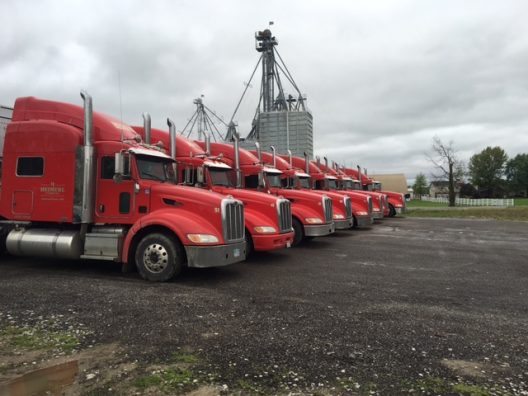Applications for Ohio Farm Bureau Health Plans now available
Members have three ways to apply: contacting a certified agent, calling 833-468-4280 or visiting ohiofarmbureauhealthplans.org.
Read MoreUPDATE: On March 23, President Trump signed into law the Consolidated Appropriations Act 2018 (omnibus bill). The bill addressed electronic logging devices and prohibits the enforcement of the ELD mandate on haulers transporting livestock and insects through the remainder of Fiscal Year 2018 (Sept. 30). A waiver for the hauling of all agricultural commodities from ELD requirements, remains in effect until June 18, 2018.
“The prohibition on enforcement will allow time for the agricultural community to continue their work with the Federal Motor Carrier Safety Administration to ensure our unique concerns can be addressed and all rules clarified,” said Leah Curtis, OFBF policy counsel.
ORIGINAL POST FEBRUARY 2018:
Ohio Farm Bureau’s Leah Curtis, policy counsel and senior director of member engagement, explains what electronic logging device requirements mean for those hauling agriculture products.
I heard there is a crackdown on trucks and trailers hauling livestock. Is this true?
There is no official “crackdown” or change in enforcement in relation to hauling by trucks and trailers of agricultural products. There has been no change in the law regarding Commercial Drivers’ License (CDL) requirements or the farm exemptions from certain federal trucking laws. However, the Federal Motor Carrier Safety Administration (FMCSA) did issue a new requirement, often called the “Electronic Logging Device (ELD) Mandate,” that would apply to some farm transportation that is subject to federal trucking regulation. However, that requirement is not in force at this time for most agriculture hauling.
What is the ELD mandate?
The FMCSA issued a rule, which went into effect in December, that requires all commercial drivers subject to the Hours of Service rules to log hours and on-duty time via an electronic logging device.
Does this mean there are new limitations on how far or how much you can drive?
No. The limitations on the hours a driver can be on duty or drive have not changed. Federal law limits the number of hours commercial drivers can be driving and on duty. A driver cannot:
If a farmer does not fit within these exemptions (likely traveling out of state and farther than the 150 miles), they must comply with the Hours of Service requirements.
Does the ELD requirement apply to farmers?
There are two possible answers here:
FMCSA found that there was not a significant safety risk in issuing a waiver specifically for this type of agricultural transportation. The waiver will allow for FMCSA to consider the unique challenges facing the agricultural industry in complying, and to consider further rulemaking consistent with those concerns. FMCSA has issued waivers from the ELD mandate for other types of drivers (outside of agriculture) as well.
Why was ELD a concern for farmers?
There are a number of reasons farmers are concerned about the ELD mandate:
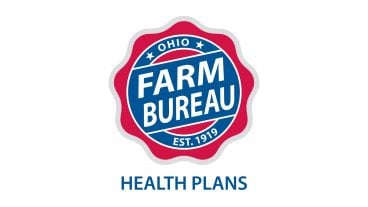
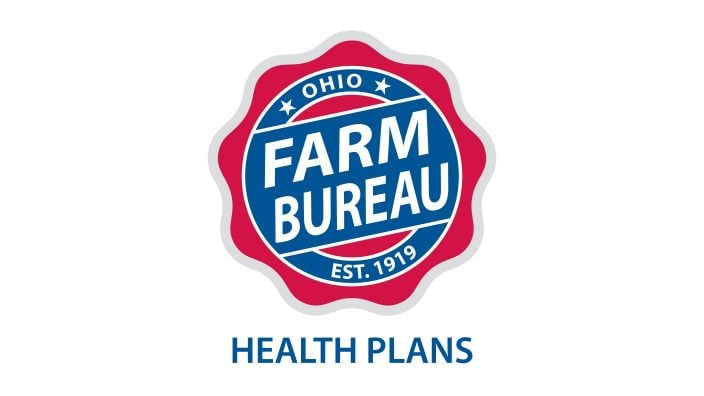
Members have three ways to apply: contacting a certified agent, calling 833-468-4280 or visiting ohiofarmbureauhealthplans.org.
Read More

Bill Patterson, Cy Prettyman and Adele Flynn will continue to serve as officers for Ohio Farm Bureau Federation.
Read More

Delegates discussed many topics impacting agriculture including farmland preservation, local foods, and succession planning.
Read More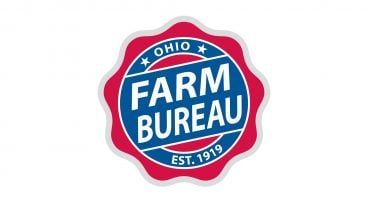
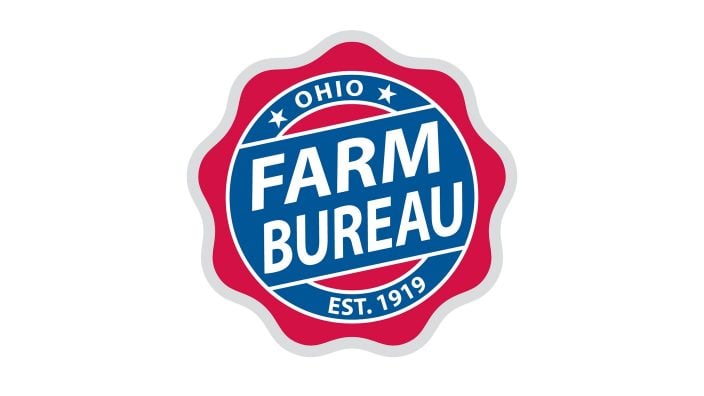
Twenty-six farmers govern the state’s largest farm and food organization.
Read More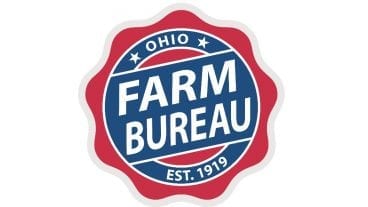

The 2025 recipients are Fred Cooke (posthumous) of Richland County, Marvin Dietsch of Williams County, Steven Knollman of Hamilton County and Michele Miller (posthumous) of Ottawa County.
Read More

Nathan and Jill Parriman grow seasonal crops, including Christmas trees, pumpkins and cut flowers, providing U-cut experiences that invite customers to engage directly with agriculture.
Read More
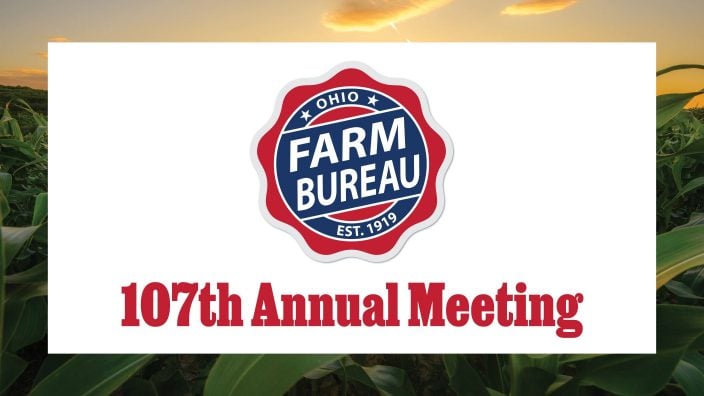
The 2025 Distinguished Service Award recipients are Craig Adams, Mike Townsley, and Kellogg Farms, Kurt Farms and Stateler Family Farms.
Read More

Ohio Farm Bureau Treasurer Adele Flynn participated in the meeting, representing Ohio farmers.
Read More

For Ohio and PJM region, the outlook is reassuring—ample reserves and strong planning should keep the power on.
Read More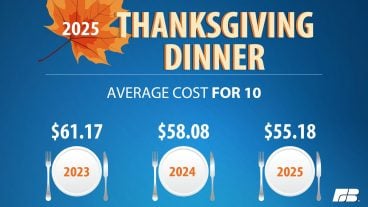
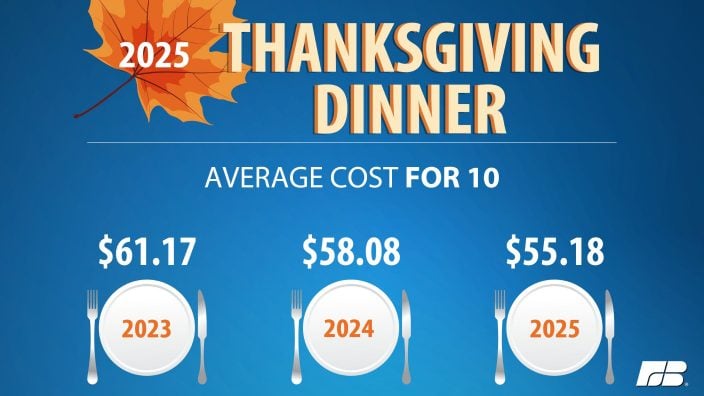
The average price for a classic holiday feast for 10 in Ohio will cost $55.87.
Read More